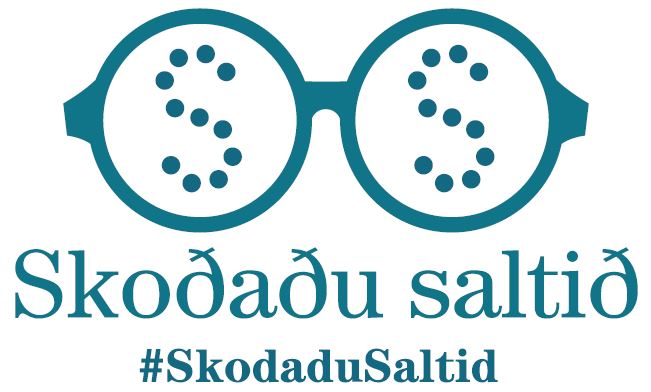Check out the salt
-Automatic translation
Icelanders consume more salt than is recommended – but many don't know about it. Most of the salt is hidden in processed food. There are health benefits in reducing salt intake, as it can reduce the rise in blood pressure, but hypertension is one of the risk factors for cardiovascular diseases. The effect of lowering salt intake is most significant in those with high blood pressure and those who are overweight. It is also possible to counteract the increase in blood pressure that usually accompanies higher age. According to dietary recommendations (Icelandic), it is recommended that adults consume no more than 6 grams of salt per day. Here, you can estimate your salt intake (Icelandic).
The Directorate of Health has made a short video about salt (Icelandic) in collaboration with institutions in Norway, Denmark, and Sweden to draw attention to the health impact of excessive salt intake.
Seven facts about salt
Most salt in food, or about three-quarters, comes from processed foods, such as meat products, bread, cheese, packaged soups and sauces, ready-to-eat meals, and fast foods. The Directorate of Health encourages consumers to examine the salt in food products and find ways to reduce their salt intake. Manufacturers are also encouraged to reduce their food products' salt content gradually. See more in 7 facts about salt (Icelandic).
Getting used to less salt
There are simple tips on reducing salt consumption when cooking at home (Icelandic) and recipes for healthy dishes containing little salt but are still tasty (Icelandic). Advice is also given on how to read the packaging of food products in the store:
Turn the package over, look at the salt in the nutrition label, and compare - then select the product with a lower salt content. You can also search for Skráargatið, but it is on products that contain less salt than similar products.



Service provider
Directorate of Health